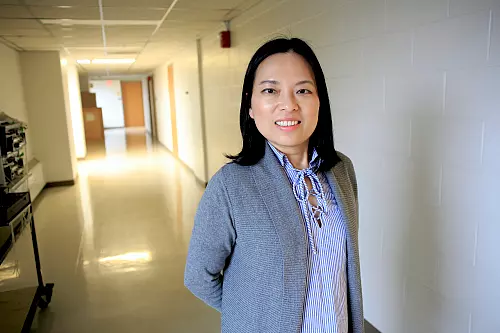The Yu Lab's recent work on pathogens has been published in the journal Proceedings of the National Academy of Sciences. You can read more about the study at News at IU & the published work in the PNAS journal.
Abstract:
Phagocytosis is a critical immune function for infection control and tissue homeostasis. During phagocytosis, pathogens are internalized and degraded in phagolysosomes. For pathogens that evade immune degradation, the prevailing view is that virulence factors are required to disrupt the biogenesis of phagolysosomes. In contrast, we present here that physical forces from motile pathogens during cell entry divert them away from the canonical degradative pathway. This altered fate begins with the force-induced remodeling of the phagocytic synapse formation. We used the parasite Toxoplasma gondii as a model because live Toxoplasma actively invades host cells using gliding motility. To differentiate the effects of physical forces from virulence factors in phagocytosis, we employed magnetic forces to induce propulsive entry of inactivated Toxoplasma into macrophages. Experiments and computer simulations show that large propulsive forces hinder productive activation of receptors by preventing their spatial segregation from phosphatases at the phagocytic synapse. Consequently, the inactivated parasites are engulfed into vacuoles that fail to mature into degradative units, similar to the live motile parasite’s intracellular pathway. Using yeast cells and opsonized beads, we confirmed that this mechanism is general, not specific to the parasite used. These results reveal new aspects of immune evasion by demonstrating how physical forces during active cell entry, independent of virulence factors, enable pathogens to circumvent phagolysosomal degradation.

 The College of Arts
The College of Arts